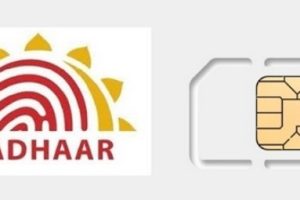Unified Payments Interface (UPI) has supercharged India’s transition to non-cash payments by facilitating direct payments linked to a bank account. UPI has been a revolution for the entire economy in large part due to rapid adoption by millennials and GenZs. It has accelerated the adoption of digital payments, and made making peer-to-peer payments easier for use cases such as bill splitting and money transfers.
The Reserve Bank of India (RBI) will withdraw ₹2,000 denomination banknotes that were in circulation since 2016. This was announced by the central bank on May 19. The RBI has said banknotes in ₹2,000 denomination will continue to be legal tender. The central bank mentioned several reasons that influenced its decision to withdraw the currency notes.
Citing data from a report titled ‘India Digital Payments Annual Report’, RBI said UPI and digital payments increased tremendously in the last few years.
According to Satyajeet Kunjeer, Founder, of Deciml, the high adoption of UPI by vendors as well as buyers has definitely added to it becoming a convenient and preferred platform – in a matter of only 7 years. What’s even more interesting, however, is that alongside making spending/transacting easier – UPI has also served to become a central platform that is enabling several other associated financial services such as expense tracking, budgeting, saving, and investing.
As things stand today, it is highly likely that everyone – not just millennials – will come to rely entirely on digital financial services, he added.
E-commerce grew as UPI facilitated hassle-free online payments
UPI has also increased financial awareness by offering access to various financial services and investments, making millennials and GenZs more knowledgeable about their options. “It has streamlined investment transactions, allowing for seamless investments in mutual funds, stocks, and alternative investments such as P2P lending and IPOs. UPI-enabled platforms provided real-time portfolio tracking, simplified SIPs, and lowered investment costs,” said Neha Juneja, CEO, IndiaP2P.com
Unified Payments Interface (UPI)
UPI offers services from hundreds of banks and mobile payment apps, with no transaction fees. FinTech, banks, and telcos have adopted this platform and have further driven UPI growth through QR code placements at merchant point-of-sale (POS).
According to a PwC report titled “The Indian Payments Handbook – 2022-27″, UPI transactions are likely to reach 1 billion per day by 2026-27, accounting for 90 per cent of the retail digital payments in the country.
Source By: livemint










